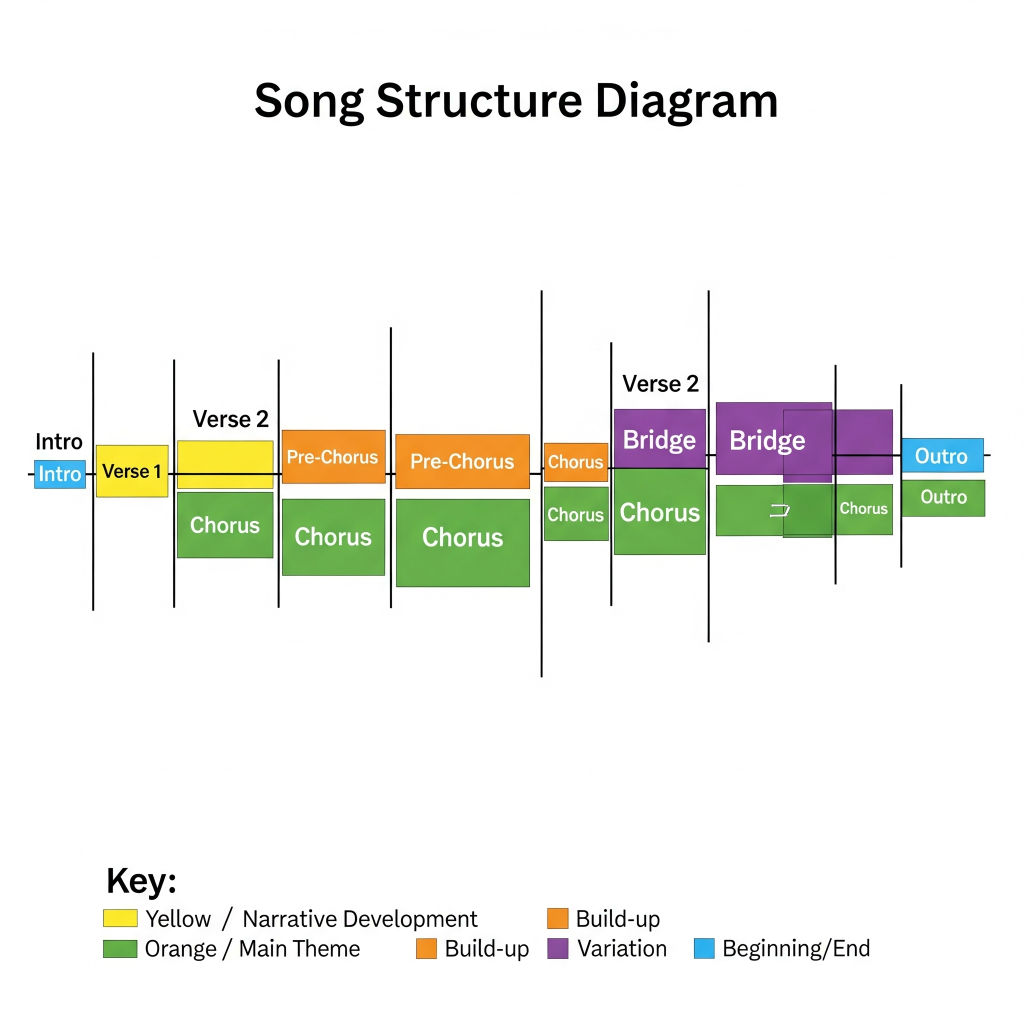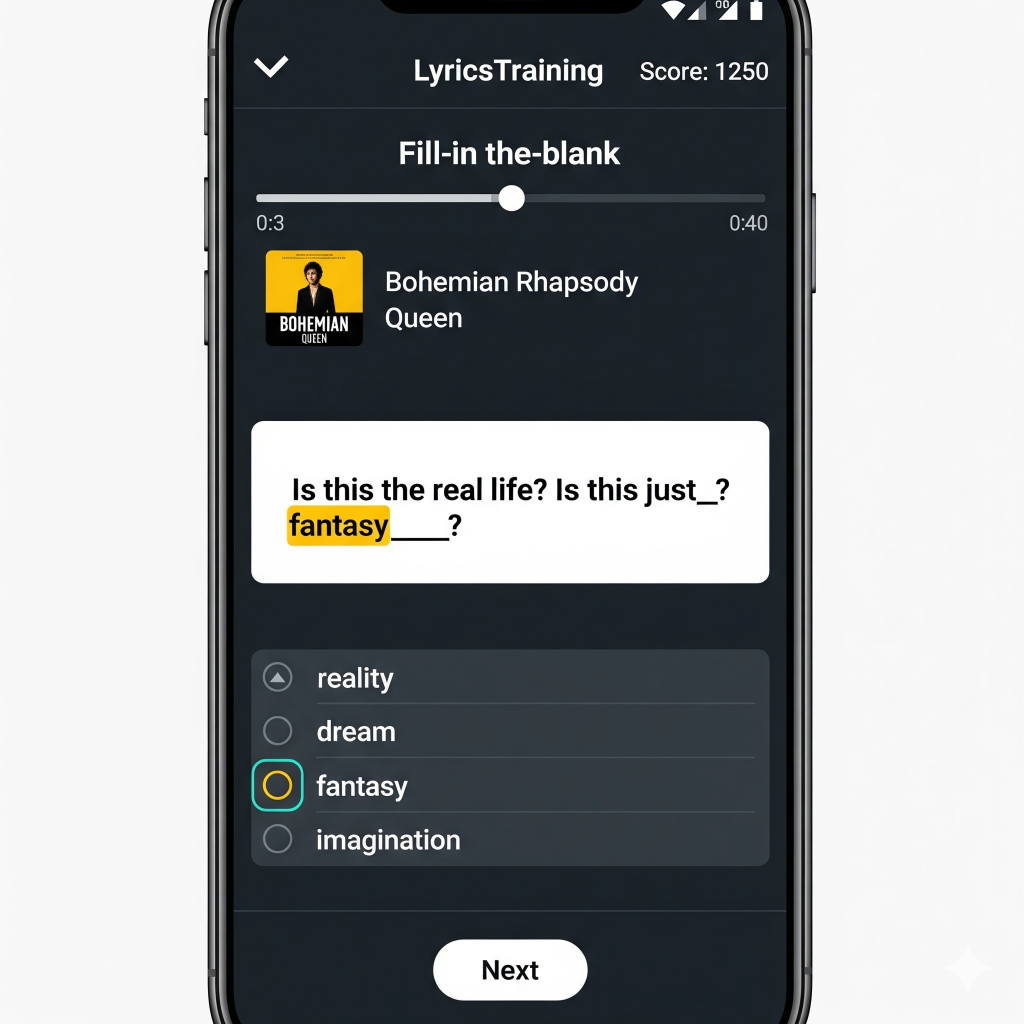Introduction: Why Music Beats Grammar Charts
If you’ve ever sat with a grammar book and felt your soul leave your body, welcome to the club. Memorizing verb tenses is useful, sure, but exciting? Not really.

Music, though, plays by different rules. A chorus sneaks into your head and refuses to leave. That’s the “earworm effect,” and it’s secretly your best friend when learning English. You’re not just picking up random words—you’re training your ear, mouth, and memory, all while vibing to your favorite artists.
So let’s turn your playlist into your study buddy. Here are ten smart, doable ways to learn English with song lyrics—no boring flashcards required.
1. Start with Songs You Genuinely Like
Forget about what’s “educational.” If you hate jazz, don’t force jazz. If you’re into Billie Eilish, use Billie. The more you enjoy the track, the more likely you are to repeat it (and repeating is where the magic happens).
2. Follow Along with the Lyrics
We’ve all mumbled wrong lyrics for years (“Sweet dreams are made of cheese…”). Reading while listening fixes that. Use sites like LyricsTraining or Genius so you connect sound with spelling.
3. Slice Songs Into Small Pieces

A whole song can feel overwhelming—like trying to eat an entire cake in one sitting. Break it into verses or choruses. Master one part, then move on. Small wins keep your motivation high.
4. Hunt Down New Vocabulary
Every lyric is a mini lesson. Don’t skip unfamiliar words—look them up, write them down, and maybe even check how they’re used in other contexts. That’s how you go from “Oh, I’ve seen that word” to actually using it in conversation.
(Need help with tricky grammar? Check out our guide to the simple present tense rules.)
5. Shadow the Artist
This one feels silly, but it works. Play a line, pause, and copy the singer’s exact rhythm and tone. It’s called “shadowing,” and it’s like karaoke mixed with pronunciation training.
6. Sing Like You Mean It
No whispering. Belt it out. Singing forces you to shape sounds properly, stretch your vowels, and hit consonants cleanly. If your neighbors complain—congratulations, you’re practicing enough.
7. Translate and Rephrase
Got a lyric? Translate it, then re-say it in English with your own words. For example: “I can’t get you out of my head” could also be “You’re stuck in my thoughts.” This builds flexibility instead of memorization.
(For more practice in rephrasing, check out our post on paraphrasing techniques.)
8. Gamify It with Fill-in-the-Blanks

Apps like LyricsTraining turn listening into a game: missing words pop up while the song plays, and you fill them in. It’s addictive, competitive, and sneaky vocabulary practice.
9. Explore Different Versions
Compare studio, live, and acoustic versions. Each reveals different accents, speeds, and intonations. Real English isn’t uniform, so this is perfect training for your ears.
10. Make Music Study a Daily Ritual
Consistency beats intensity. Fifteen minutes a day is plenty: pick one song, study, sing, and review. Rotate your playlist weekly to keep things fresh and your brain challenged.
Conclusion: Turn Playlists Into Progress
Language learning doesn’t have to feel like pulling teeth. With music, it’s playful, memorable, and personal. You’ll improve vocabulary, pronunciation, and even cultural knowledge—all without sitting through another dry lecture.
So open Spotify, choose a track, and start singing. Your English (and your shower concerts) will thank you.
